How Do Dermal Piercings Work? Your Complete Guide To Dermal Piercings
Tyler Martina
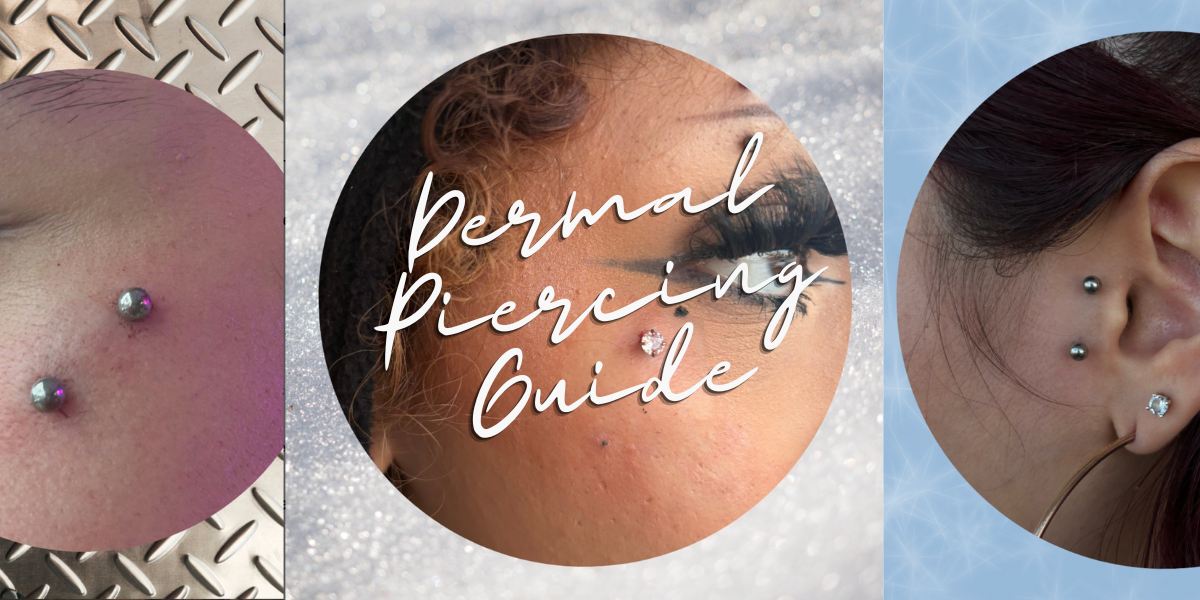
How Do Dermal Piercings Work? Your Complete Guide To Dermal Piercings
If you are into piercings you have no doubt seen, or at the very least, heard of Dermal Piercings. Dermal Piercings are gaining popularity, and it makes perfect sense, they are safe, great looking, and a very customizable body modification. Dermal piercings work a little different from traditional piercings, and if you are considering getting one this Dermal Piercing Guide is for you.
In this guide we will cover, What dermal piercings are, How dermal piercings work, the pain level of dermal piercings, the cost, and much more. After reading this guide you will have all the information you need to make an informed decision about dermal piercings.
So let’s jump right into it….
What Are Dermal Piercings?
Dermal piercings also known as microdermal piercings or single-point piercings. Unlike traditional piercings, which penetrate the skin and exit on the other side, a dermal piercing is “anchored” under the skin in a small pocket under the surface of the skin. The “top” of the jewelry is then attached to the anchor, and the end result is a piercing that looks like it is glued to the top of the skin.
This makes dermal piercings look very unique when compared to traditional piercings, and gives many more options to decorate your body almost anywhere you have skin.
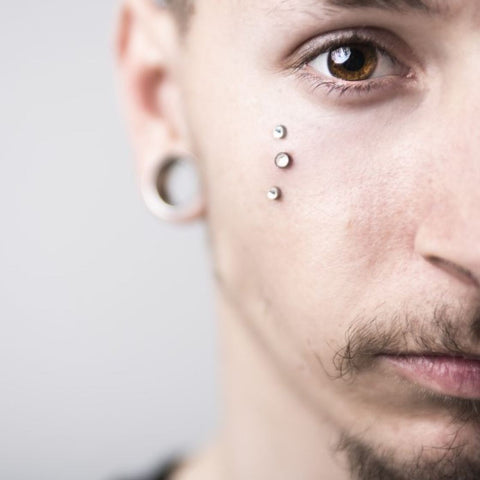
How Are Dermal Piercings Done?
Getting a dermal piercing is very similar to getting a traditional piercing, the main difference between the two is the actual implanting of the anchor, which we will go through along with the other steps below.

The Dermal Piercing Process
Consultation: Just like any piercing, before getting a dermal piercing, you'll have a consultation with your piercer to discuss placement, jewelry options, and questions you may have. Your piercer will also assess the area where the piercing will be placed and your personal anatomy, to determine if the location is safe for a dermal piercing.
Preparation: Next, after you fill out a consent form, your piercer will then clean and sterilize the piercing site to minimize the risk of infection. Then your piercer will mark the precise location for the piercing, taking into account factors such as anatomy and aesthetics.
Piercing: Using a dermal punch or needle, your piercer will create a small incision or pocket in the skin. This pocket is typically made at a shallow depth, just deep enough to accommodate the base of the jewelry. The jewelry for a dermal piercing consists of two parts, the anchor and the top. The anchor, usually a flat disc with a post, will then be inserted into the pocket, then the top, or decorative piece of the jewelry will be connected to the anchor.
Aftercare: After the piercing is complete, the piercer will provide detailed aftercare instructions to promote healing and prevent any complications.
Healing: Once the jewelry is inserted into the pocket, the base or anchor of the jewelry sits beneath the surface of the skin, while the decorative top remains visible. The body's natural healing process causes the skin to grow around the base of the jewelry, securing it in place. General healing time for a dermal piercing is 8 to 12 weeks, with some taking up to 6 months.
What's the Difference Between a Dermal Piercing and a Surface Piercing?
A dermal piercing and a surface piercing can look very similar, can be done in some of the same locations, and some dermal and surface piercings can be indistinguishable from one another. That being said, there are a few major differences between a dermal and surface piercing.
As you learned above, dermal piercings are done by placing an anchor in a small pocket under the skin. Surface piercings do not anchor to the skin, they are done with a "barbell" type jewelry that goes all the way through the skin (like a traditional piercing), and has a top on both sides.
This means that surface piercings, when fully healed, work like a traditional piercing where you can remove and change the jewelry yourself. This can be an advantage, but it is also much more likely your body will reject a surface piercing then it would a dermal. Surface piercings also can not go everywhere like dermal piercings can, making dermal piercings a bit more versatile.
When deciding between getting a dermal or surface piercing make sure to consult with your piercer (that goes for any piercing too!), so you decide what piercing is best for you,
Where Can You Get A Dermal Piercing?
One of the best things about Dermal Piercings is their versatility, unlike traditional piercings that have to penetrate the skin completely through, dermal piercings can be done on almost any skin surface. That being said, there are places that are dangerous, so make sure to speak with your piercer to learn the best and safest places to get your dermal piercing.
Some Of The Most Popular Dermal Piercing Locations
Facial Dermal Piercings: Just like the traditional piercings, dermal piercings on the face are very popular. Dermal piercings work great to accentuate features, and to bling out your face. Some of the most popular face dermal piercings include: Cheeks, Anti Eyebrow, Ear, Temples.

Body Dermal Piercings: Body dermal piercings are even more popular than face dermals because there are simply so many options that look great. Some of the most popular body dermal locations are: Lower back, back of neck, sternum and chest, hips, and hands.

This is by no means an all encompassing list, like stated above, dermal piercings can be done almost anywhere, just make sure to do consult with your piercer to figure out the best dermal piercing for you.
Do Dermal Piercings Hurt?

The pain experienced during a dermal piercing procedure can vary from person to person and depends on many factors, three of the most important being, individual pain tolerance, the skill of the piercer, and the location of the piercing. Generally, a dermal piercing will cause about the same amount of discomfort as a traditional piercing.
Many people describe the sensation during a dermal piercing as a brief, sharp pinch or pressure. The initial insertion of the piercing needle or dermal punch may cause some discomfort, but it typically lasts only for a few seconds. Some people may also experience mild soreness or tenderness in the area immediately after the piercing, which usually subsides within a few days.
How Much Do Dermal Piercings Cost?
The cost of a Dermal Piercing, just like any other piercing, is broken up into two parts: The service cost, and the jewelry cost. Below we will dive deeper into what both these costs include, what can cause them to vary, so you will have a good idea about what your dermal piercing should cost.
Dermal Piercing Service Cost
Service cost for a dermal piercings will vary based on a few factors, including: The location of the dermal piercing, the experience lever of the piercer, the quality of the shop, among other things. However the average price for a body dermal starts at $80, and for a face dermal piercing it starts at $60.
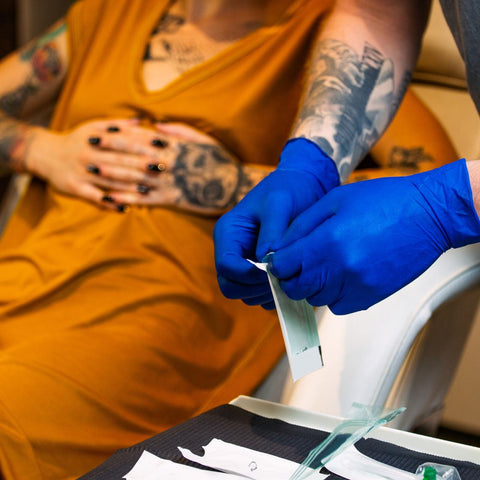
Remember the service cost for a dermal piercing is not a “set cost”, all people are different, which means all peoples anatomy is different. That means, that even the “same" dermal piercing procedure can cost a different amount based on the person's anatomy who is getting it.
Dermal Piercing Jewelry Cost
As I’m sure you know, not all jewelry costs the same, this is true for dermal piercings as well. The main things that affect price include, the materials of the jewelry, and the complexity of the jewelry design. Quality dermal piercing jewelry starts at about $30 for implant grade titanium, the most body safe metal, and goes up from there.

* With any dermal piercing, or any piercing at all for that matter, you must use the safest jewelry. The only material that is suitable for an initial piercing is implant grade titanium or 14k gold. These are by far the most body safe metals, and will ensure your new piercing heals the quickest and safest way possible. To read more about the best piercing metals click here.
Final Thoughts On Dermal Piercing
Dermal piercings are a super cool body modification that is so highly customizable it can work for anyone. Just like with any piercing, it is essential to choose a reputable piercer and shop who are experienced in performing dermal piercings to ensure a safe and successful piercing.
If you are interested in getting a dermal piercing and want to learn more click here to book your free consultation.
See you soon!




















































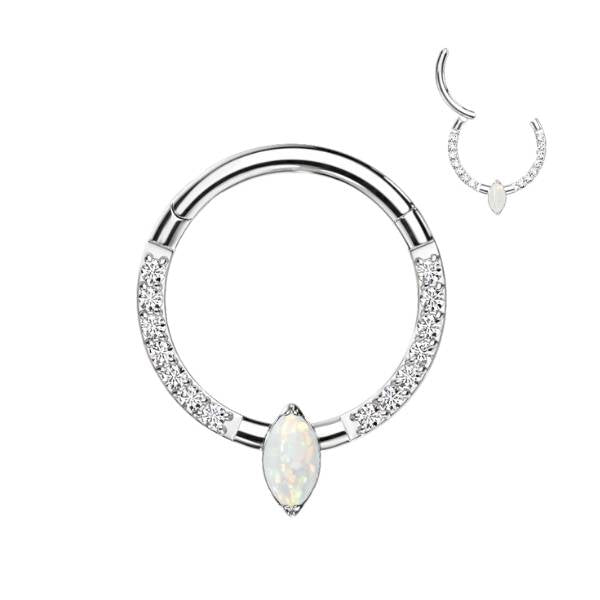
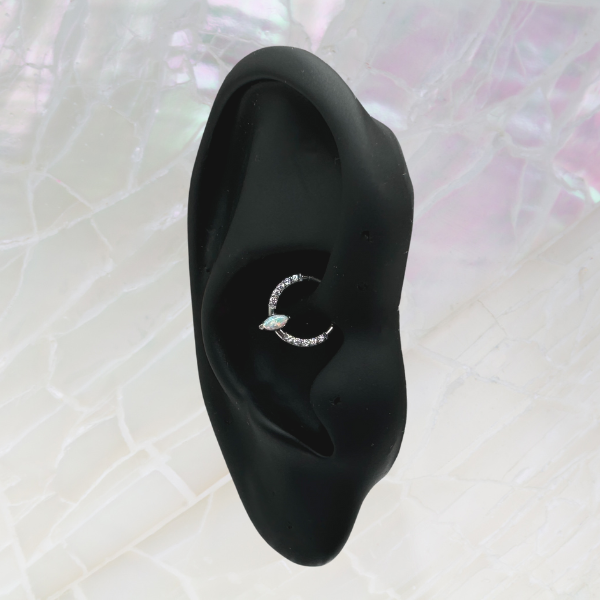
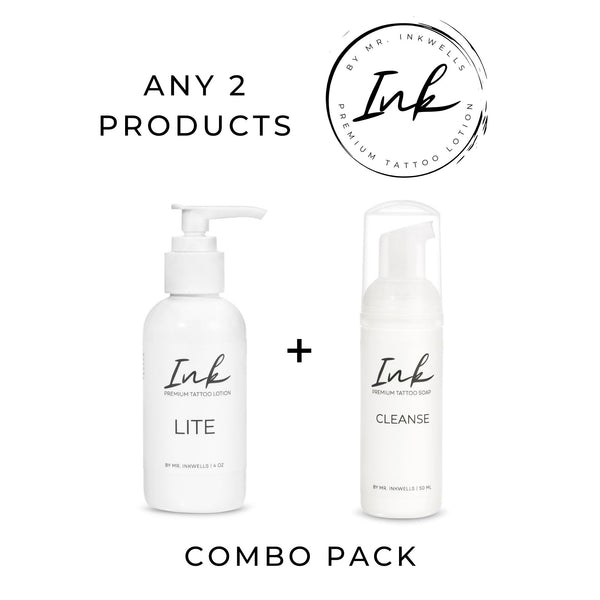
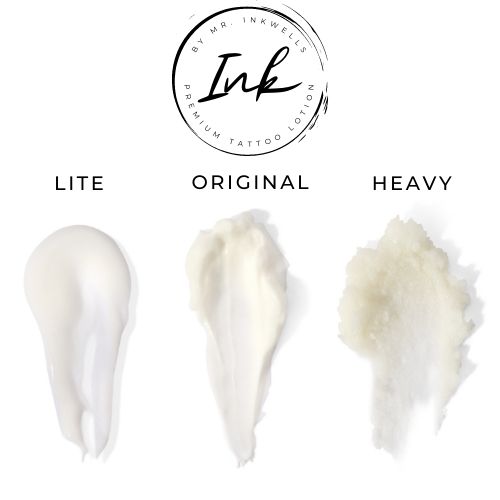
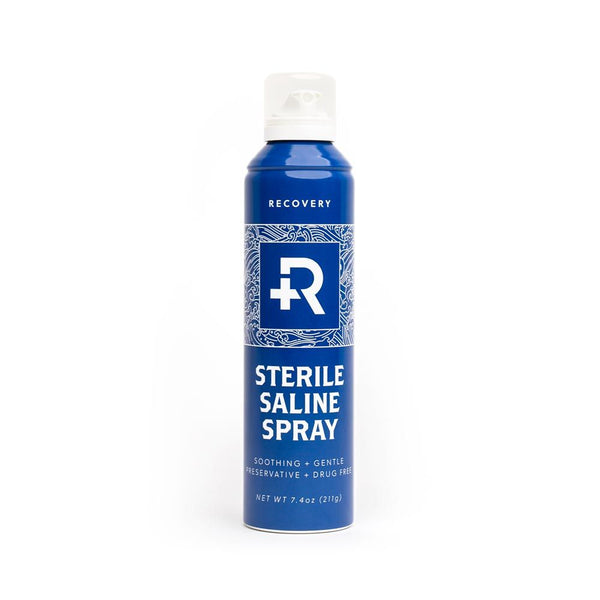
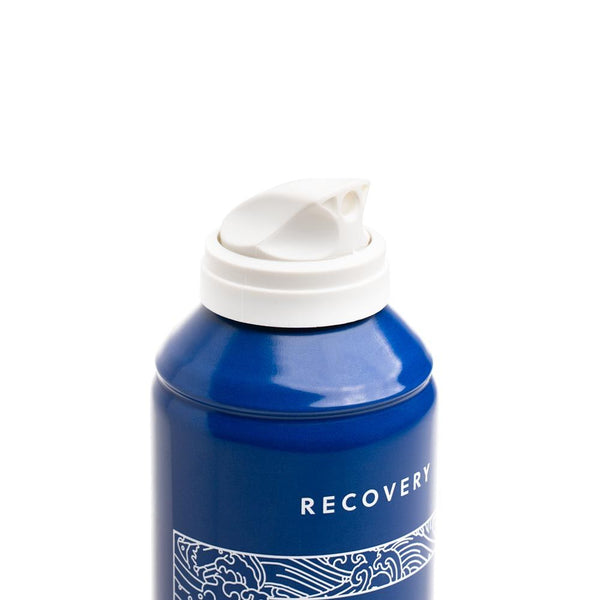




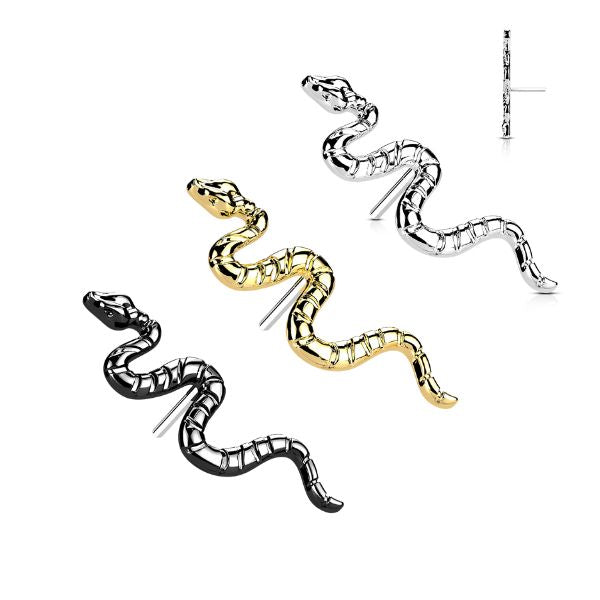
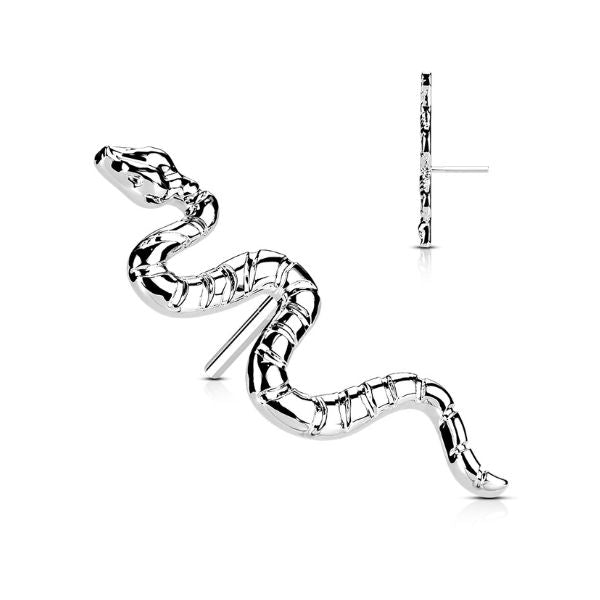
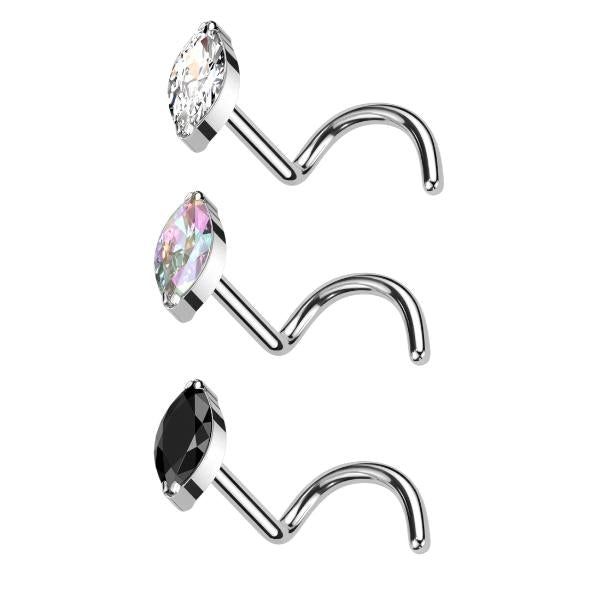
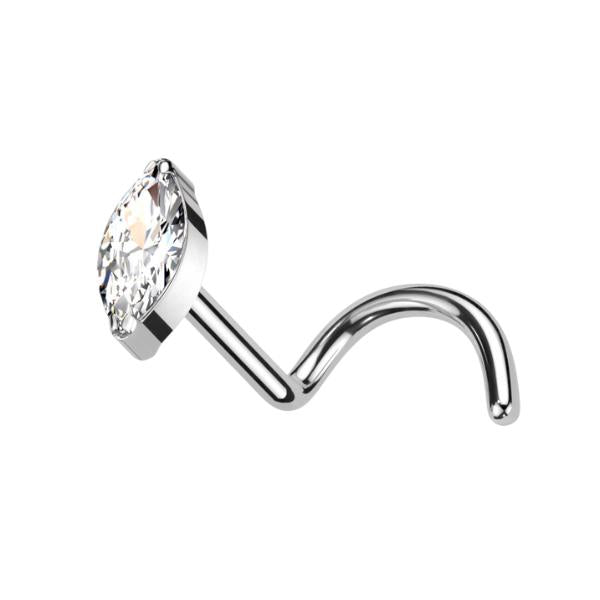
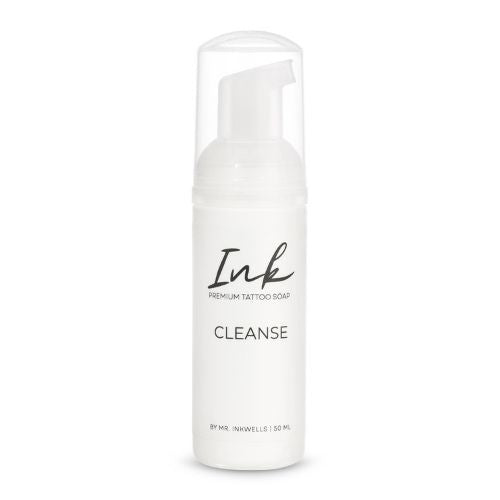
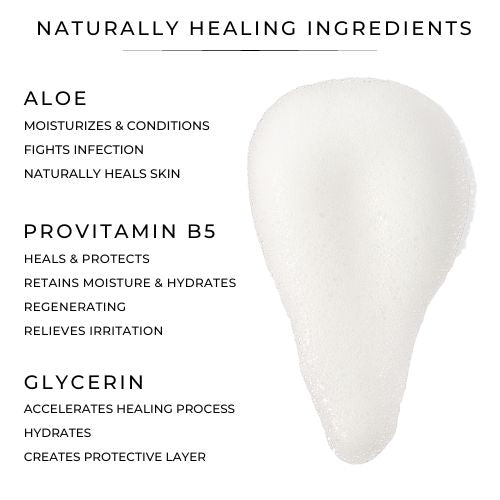
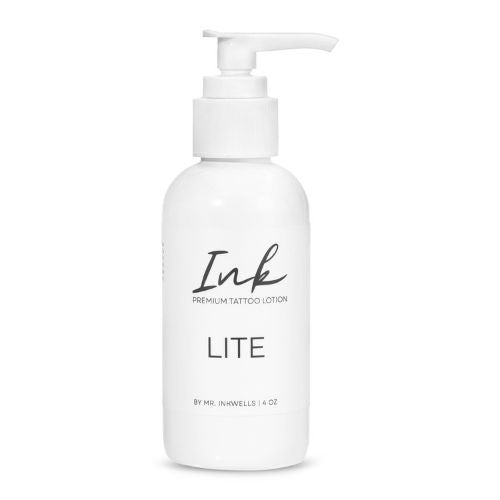
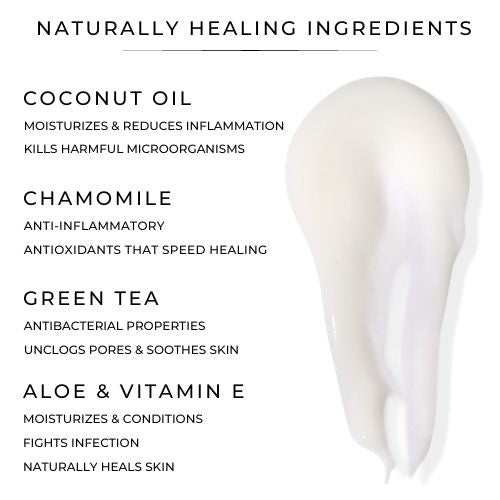
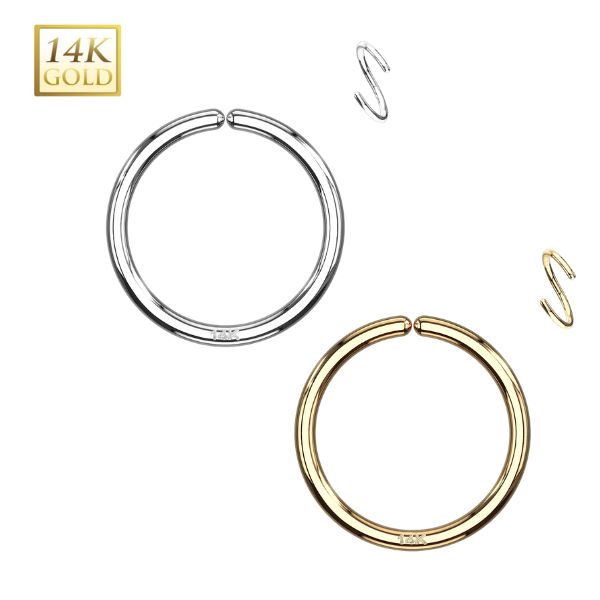
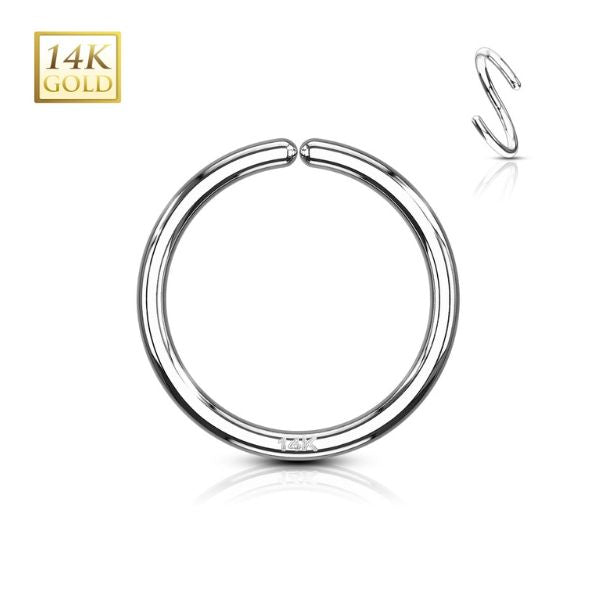
0 comments